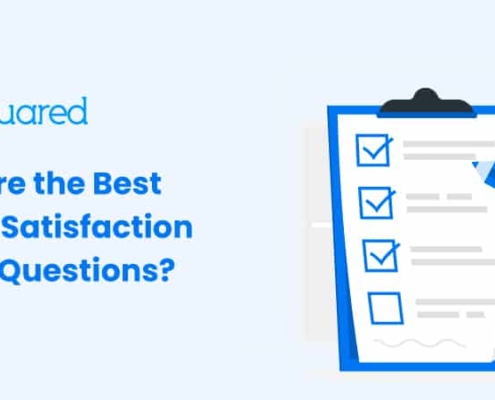
10 Best Patient Satisfaction Survey Questions
0 Comments
/
Learn about patient satisfaction survey and it’s importance. Find a list of questions for your patient satisfaction survey.
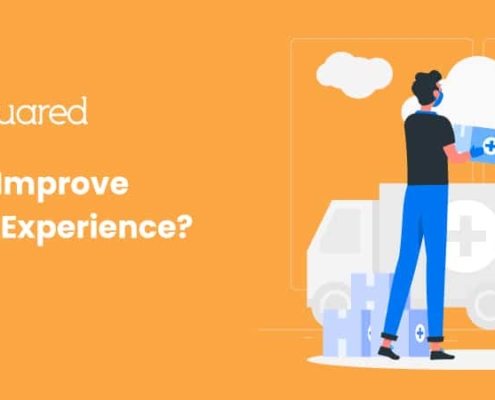
How to Improve Patient Experience in 7 Easy Steps
Improving patient experience starts by changing your approach.…

Shifting Your Admissions Process Online
In this webinar, Murali Krishna, Director of Sales Operations,…

[Webinar] How to run successful lead generation campaigns in insurance
https://youtu.be/xma8C7FXmbU
Key Discussion Points:
Creating…
 https://www.leadsquared.com/wp-content/uploads/2021/11/image-1-1.png500700Kartik Anandhttps://www.leadsquared.com/wp-content/uploads/2023/12/340-x-156-300x138-1.png Kartik Anand2020-05-20 11:01:052023-12-22 14:19:10Uncomplicating BFSI: Q&A with Experts
https://www.leadsquared.com/wp-content/uploads/2021/11/image-1-1.png500700Kartik Anandhttps://www.leadsquared.com/wp-content/uploads/2023/12/340-x-156-300x138-1.png Kartik Anand2020-05-20 11:01:052023-12-22 14:19:10Uncomplicating BFSI: Q&A with Experts
[Webinar] Digitizing Collections For Faster Debt Recovery
https://youtu.be/5nRN0Z4Ib04
Key Discussion Points:
Segment…
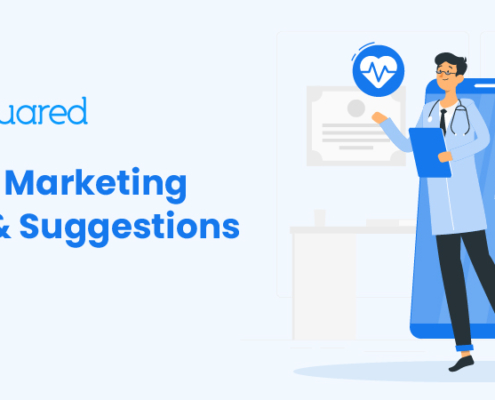 https://www.leadsquared.com/wp-content/uploads/2021/11/dental-marketing.jpg4501000Harshit Jainhttps://www.leadsquared.com/wp-content/uploads/2023/12/340-x-156-300x138-1.png Harshit Jain2020-05-13 21:00:452023-12-22 14:21:17Dental Marketing Ideas and Strategies
https://www.leadsquared.com/wp-content/uploads/2021/11/dental-marketing.jpg4501000Harshit Jainhttps://www.leadsquared.com/wp-content/uploads/2023/12/340-x-156-300x138-1.png Harshit Jain2020-05-13 21:00:452023-12-22 14:21:17Dental Marketing Ideas and Strategies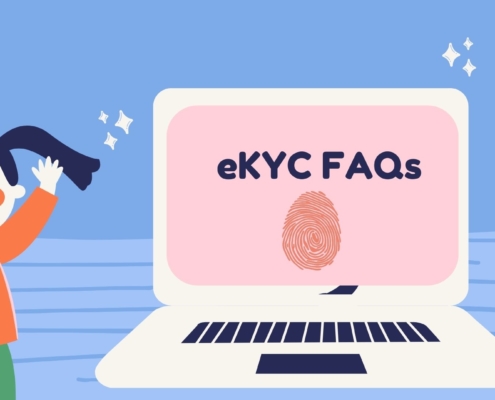
Frequently Asked Questions On e-KYC
If you are involved in the fintech industry e-KYC is probably…
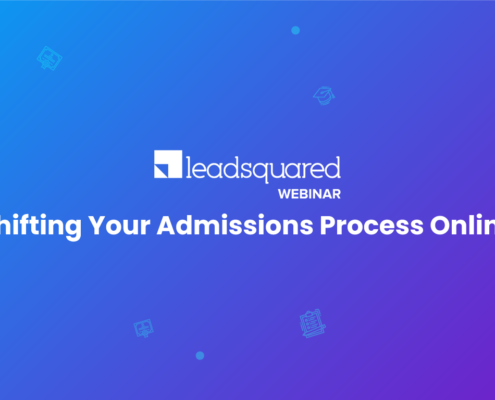
[Webinar] Shifting Your Admissions Process Online
https://youtu.be/G5YnUMmLzFc
Key Discussion Points:
How…
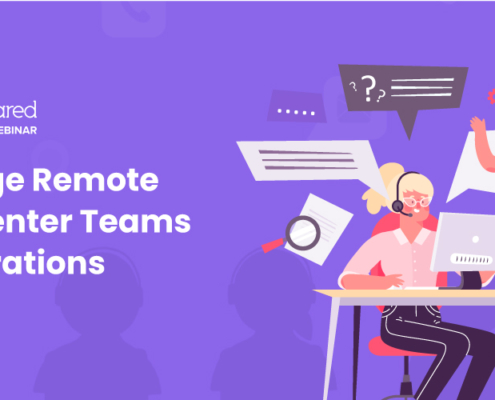
[Webinar] Manage Remote Call Center Teams And Operations
https://youtu.be/dw2AaT54m-g
Key Discussion Points:
Manage…
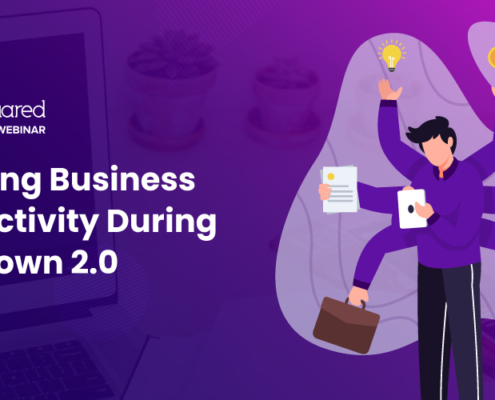
[Webinar] Ensuring Business Productivity During Lockdown 2.0
https://youtu.be/PyibgGWnCcM
Key Discussion Points:
Are…






